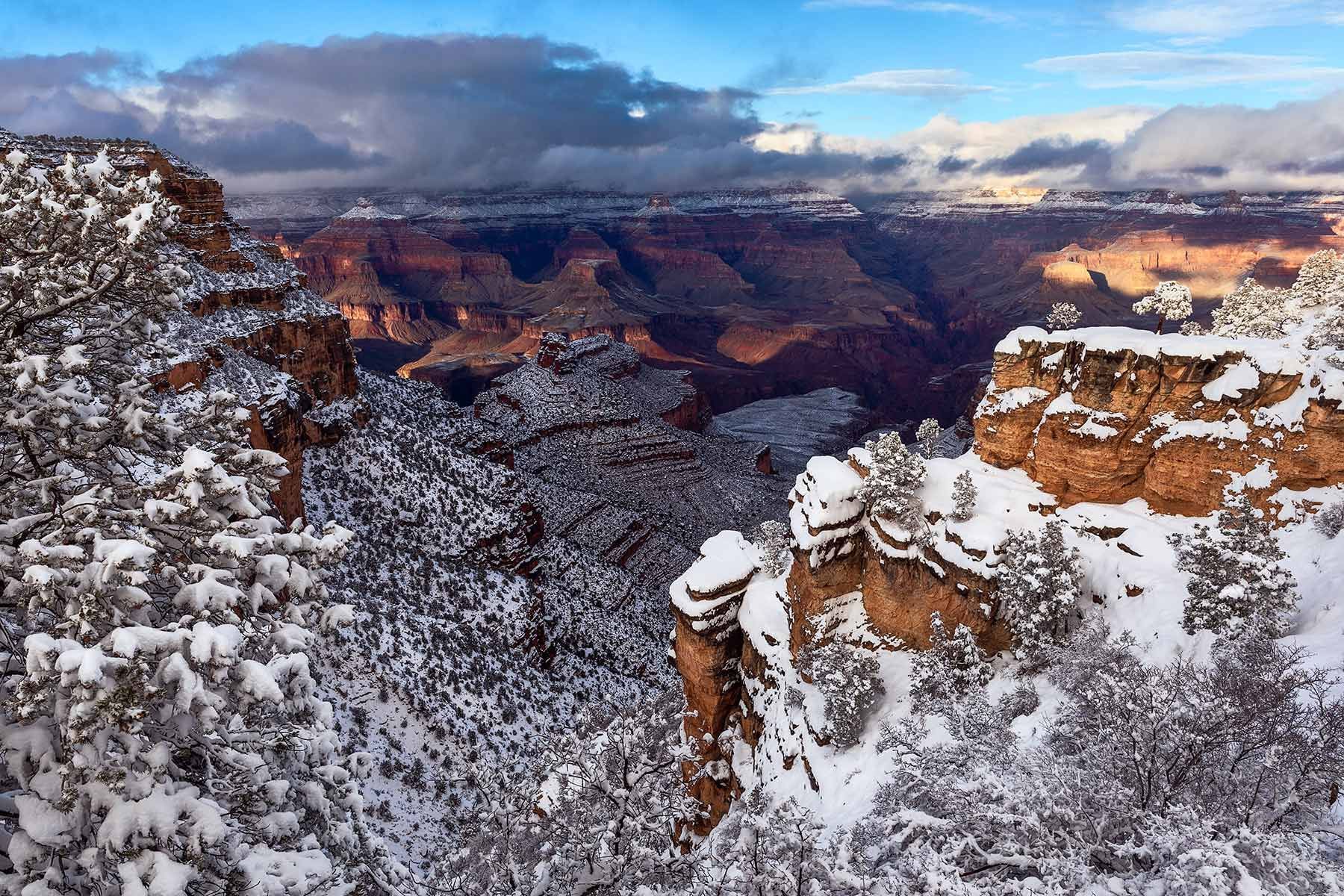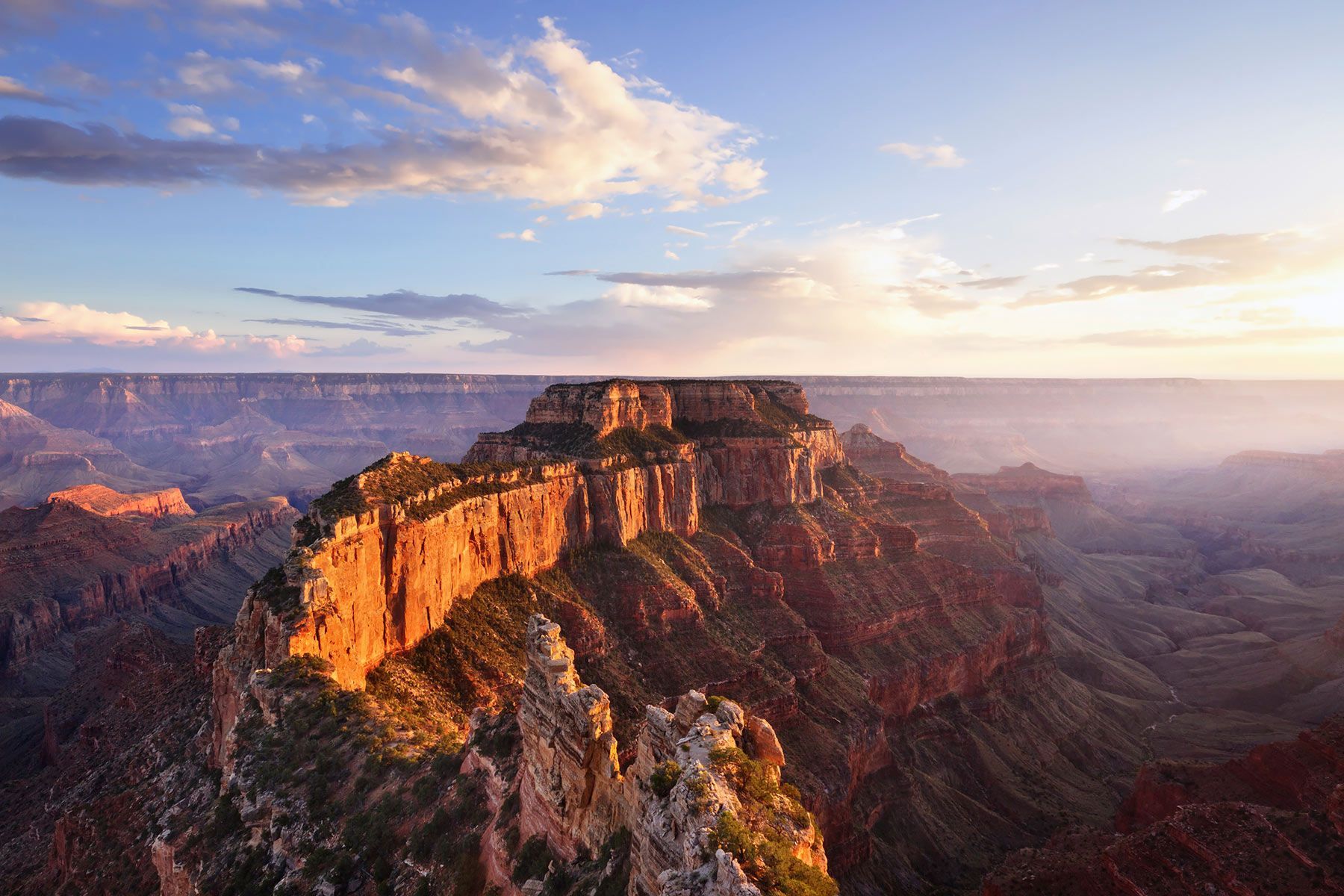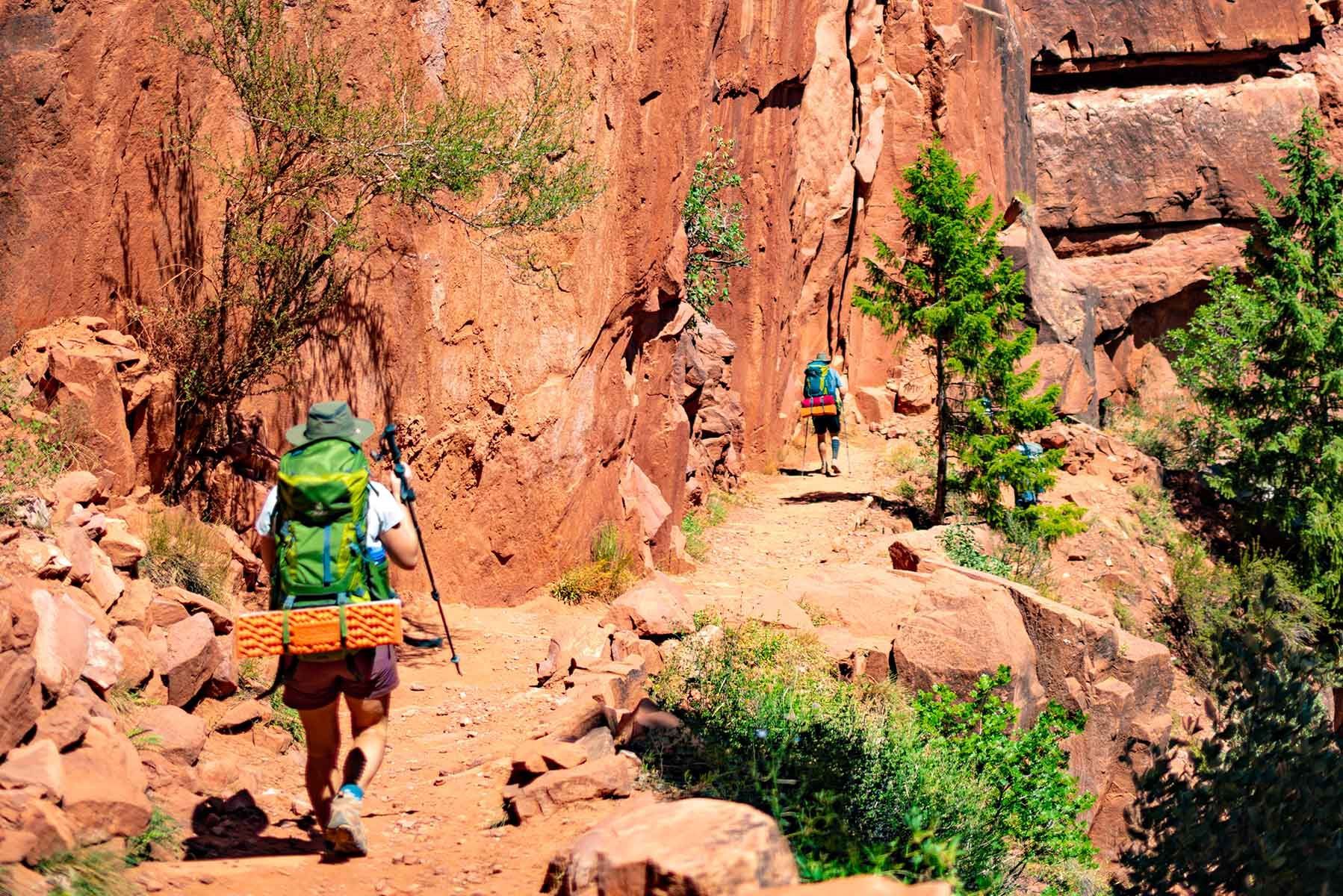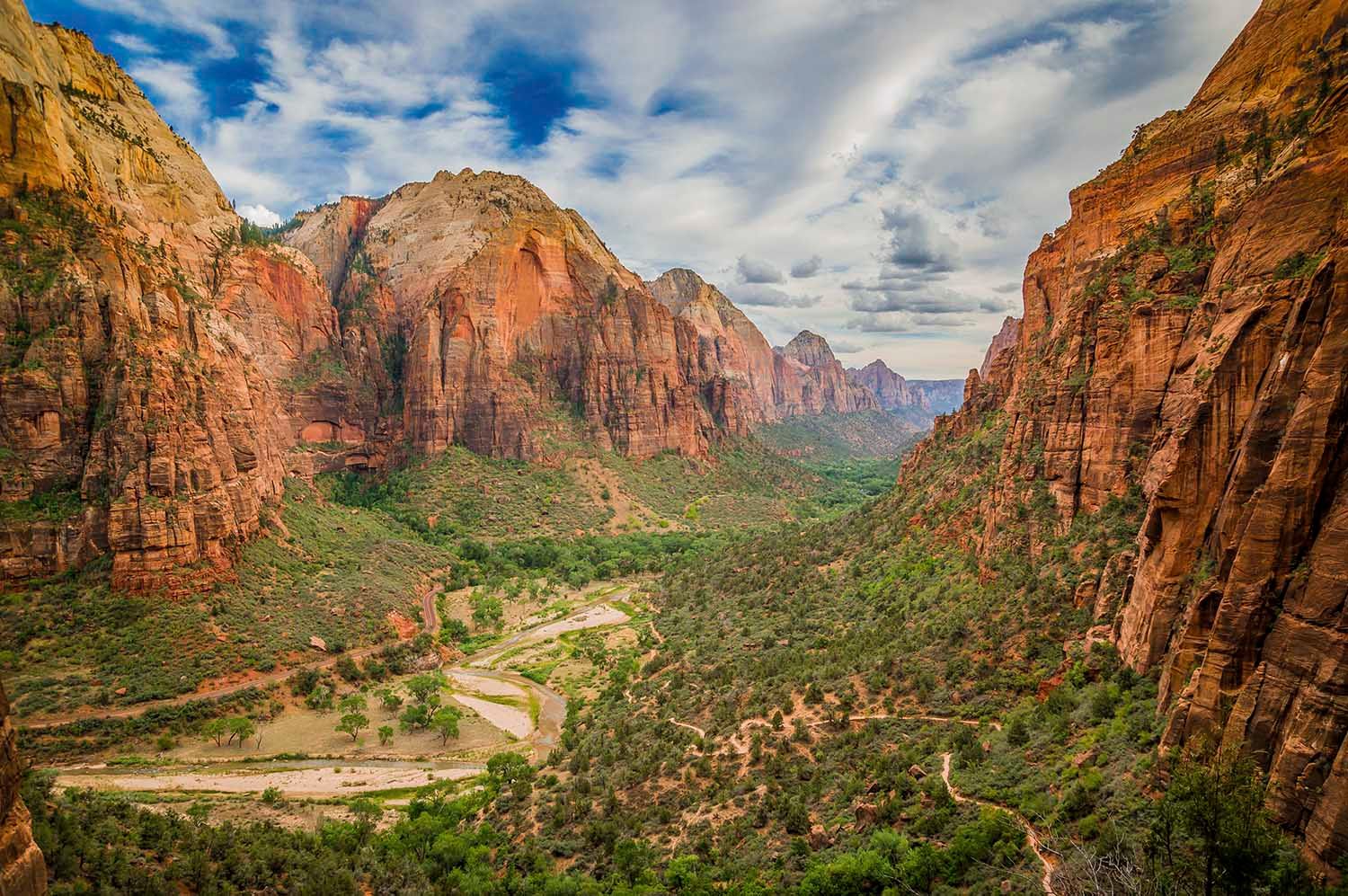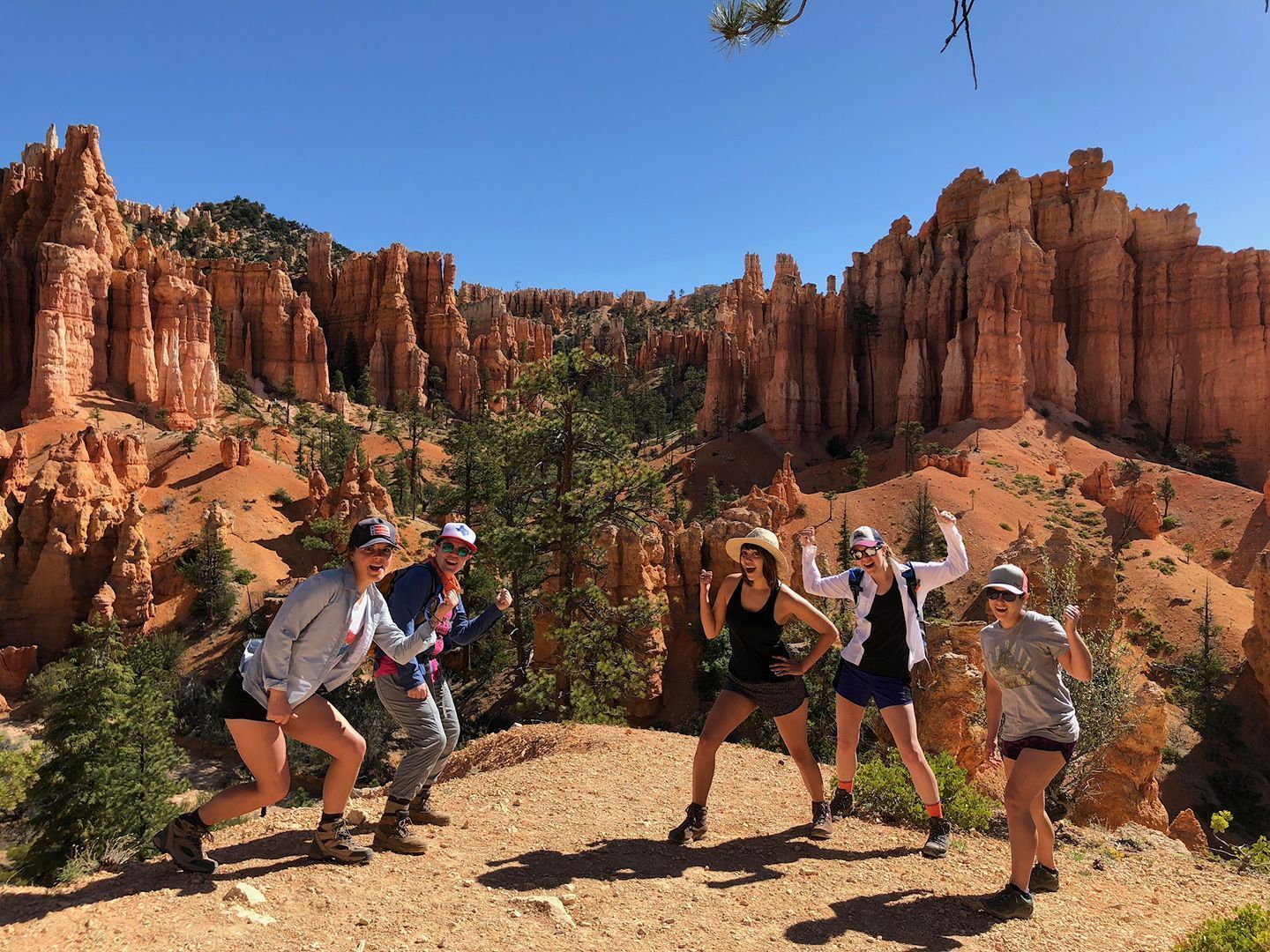Guided Versus Independent Hiking: Which One is Right For You?
Key Takeaways
- Guided hiking offers convenience, safety, and expert insights — perfect for beginners who prefer a structured experience with minimal planning.
- Independent hiking provides full freedom and flexibility, ideal for adventurers who enjoy self-reliance and customizing their own pace and routes.
- Guided tours often include amenities like meals, permits, and equipment, while independent hikes require thorough preparation, research, and safety planning.
- Choosing between guided vs. independent hiking depends on your comfort level, experience, budget, and desire for autonomy or companionship.
- Regardless of the option you choose, always prioritize safety, environmental respect, and trail etiquette to make the most of your hiking adventure.
Deciding to embark on a hiking adventure is an exciting prospect. The allure of experiencing the world’s natural beauty, breathing in fresh mountain air, and feeling truly alive can be irresistible. However, as a novice hiker, you face a critical decision: Should you opt for a guided tour or venture out on your own? Both choices have their merits and drawbacks, with the right decision contingent on your unique preferences, needs, and circumstances.
What are the differences between guided and independent hiking? What are the benefits and challenges of each one? And most importantly, which one is right for you?
In this blog post, we will examine the distinctions between guided and independent hiking for novice hikers. Additionally, we will provide some tips and resources to assist you in planning your next hiking expedition.
A Tale of Two Hikes
To illustrate the contrasting experiences of guided and independent hiking, consider two hikers who set their sights on the Grand Canyon. With its captivating beauty, rich history, and awe-inspiring landscape, Grand Canyon captured their imaginations. Both decided to embark on their adventure in the mild spring season when the temperatures were favorable and nature was in full bloom. Armed with their gear and plane tickets, they approached their respective journeys differently.
The first hiker chose the convenience and security of a guided tour. Registering with a reputable company, he opted for a comprehensive
five-day journey from rim to rim. The company provided all essential services, including transportation, accommodations, meals, gear, permits, and a
knowledgeable guide.
The seasoned guides, well-versed in the nuances of the canyon, led a group of nine hikers along well-marked trails, making stops at scenic viewpoints and points of interest. Additionally, the guide imparted in-depth knowledge about the canyon’s geology, ecology, and history, while ensuring that the group hiked safely and responsibly in the desert environment.
The second hiker pursued an independent hiking experience. He thoroughly researched and prepared for his hike, selecting a route aligned with his preferences, abilities, and objectives. His pre-hike checklist included weather monitoring, acquiring maps, a GPS device, as well as packing gear, planning a menu, and navigating the complicated permitting system.
Over the course of four days, he ventured alone from rim to rim, navigating the trails, mitigating potential hazards, and addressing any unforeseen emergencies. He enjoyed the freedom to explore the canyon at his own pace, charting his course, choosing his destinations, deciding when to take breaks, and crafting his own unique experience.
While both hikers relished their Grand Canyon adventure, their journeys diverged in significant ways.
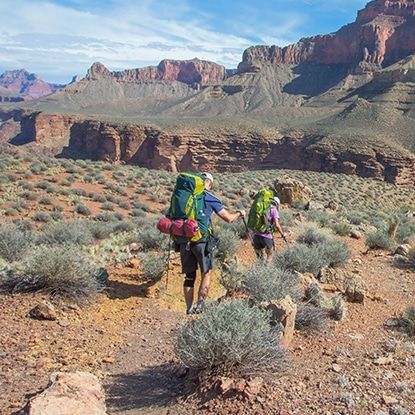
What is Guided Hiking?
The first hiker experienced the ease and reassurance of guided hiking. The entire trip was meticulously organized, eliminating the need for personal planning and preparations. All of the gear and food was provided, the guides set up tents, prepared all the meals, and shared a wealth of knowledge and expertise, enhancing the overall experience. By merely showing up, he could follow the lead of knowledgeable guides and not have to worry about a single logistic.
All safety concerns and necessary mitigations were taken care of. It was comforting to know that trained professionals were on hand to address any emergency situations with confidence and expertise.
Social interaction was another highlight of guided hiking. He enjoyed the experience with like-minded individuals, providing an opportunity to bond over a shared love for hiking and nature. The guides and fellow hikers bonded through the shared journey, exchanging stories and experiences.
However, guided hiking presented its own challenges. He had to consider the cost of the guide’s services, which varied depending on factors such as hike duration, location, and service quality. Additionally, adhering to the guide’s predetermined itinerary may limit the hiker’s freedom to explore independently. This restriction on spontaneity could prevent him from pushing his limits or discovering areas beyond the guide’s scope.
What Is Independent Hiking?
In contrast, the second hiker relished the freedom that independent hiking provided. He had full control over his hike, allowing him to dictate where to go, when to do so, how long to stay, and what to experience. This level of personalization was a significant draw for him.
Flexibility was another perk. He had the freedom to adapt his journey according to daily conditions and his ever-changing feelings. The pace, difficulty, and distance of his hike were entirely within his control. He could rest whenever he wanted, start hiking as early or as late as he liked, and didn’t have to negotiate a single decision with anyone else.
However, independent hiking posed its own set of challenges. It required extensive research and planning, from selecting a suitable route to acquiring permits. It also involved purchasing all of the appropriate gear, planning a menu and packing all of the food.
The independent was also solely responsible for his safety. Handling an emergency situation in an unfamiliar environment certainly poses its challenges. So needed to make sure he had a well-thought-out plan for dealing with unexpected problems.
Which Option Is Best?
The choice between guided and independent hiking ultimately hinges on your individual preferences, needs, and circumstances. There is no universally correct answer. The most important consideration is ensuring both safety and enjoyment during your hike, regardless of the chosen approach.
Be sure to abide by trail etiquette, respect the environment, and immerse yourself in the wonders and challenges of the great outdoors. Embrace the opportunity to explore new places, learn from your experiences, and, above all, share your stories with fellow adventurers.
Happy hiking!
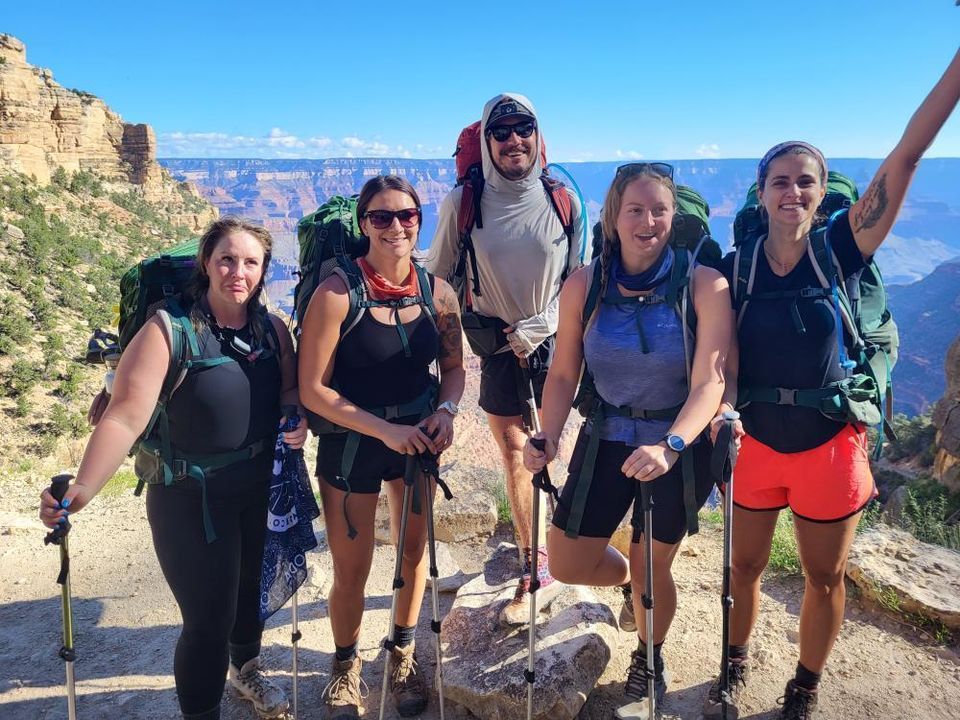
Frequently Asked Questions
Thinking about whether to choose a guided or independent hike? Here are the most common questions hikers ask before deciding which option suits them best.
What’s the main difference between guided and independent hiking?
Guided hikes are led by professional guides who handle logistics, safety, and education, while independent hikes are self-planned and self-led. Guided trips offer structure, expertise, and group support, whereas independent hiking allows full freedom, flexibility, and personal pacing.
Is guided hiking better for beginners?
Yes, guided hiking is often ideal for beginners. It provides expert guidance, safety oversight, and a structured itinerary. Guides manage permits, gear, and meals—reducing stress and allowing new hikers to focus on the experience rather than logistics.
What are the benefits of independent hiking?
Independent hiking offers complete freedom to set your route, pace, and daily schedule. It’s perfect for those who enjoy solitude, flexibility, and self-reliance. You can explore at your own rhythm, make spontaneous decisions, and fully customize the adventure.
Are guided hikes safer than independent ones?
Generally, yes. Guided hikes include professionals trained in wilderness safety, first aid, and navigation. They can handle emergencies and reduce risk, especially in remote or challenging environments. Independent hiking, while rewarding, demands strong preparation and safety awareness.
How much does guided hiking usually cost?
Guided hiking costs vary based on destination, duration, and service level. Expect to pay more than for independent hikes, as fees cover guides, accommodations, meals, and logistics. However, many find the convenience and expertise worth the investment.
Can I still have freedom on a guided tour?
To some extent, yes. Most guided tours follow a set itinerary, but quality guides allow flexibility for photo stops, pace adjustments, and brief detours. However, independent hiking offers far more control over timing and route changes.
What skills do I need for independent hiking?
Independent hikers should be comfortable with route planning, map reading, navigation, and basic first aid. You’ll also need to manage permits, gear, weather changes, and emergencies. Preparation and situational awareness are essential for a safe experience.
Which is more social — guided or independent hiking?
Guided hiking is more social, often involving small groups that share meals and experiences. It’s great for meeting fellow travelers. Independent hiking tends to be solitary, appealing to those who value quiet reflection or personal time.
Does independent hiking save money?
Yes, typically. Without guide or service fees, independent hiking can be more affordable. However, costs can still add up with permits, gear, transportation, and accommodations—especially for longer or remote trips.
Which option is right for me?
If you value convenience, safety, and expert insight, guided hiking is a great choice. If you prefer independence, flexibility, and personal challenge, go solo. The right choice depends on your experience level, comfort with planning, and adventure goals.
Four Season Guides, 506 N Grant St suite o, Flagstaff, AZ 86004, United States
+19285251552
35.19653980, -111.62000560

